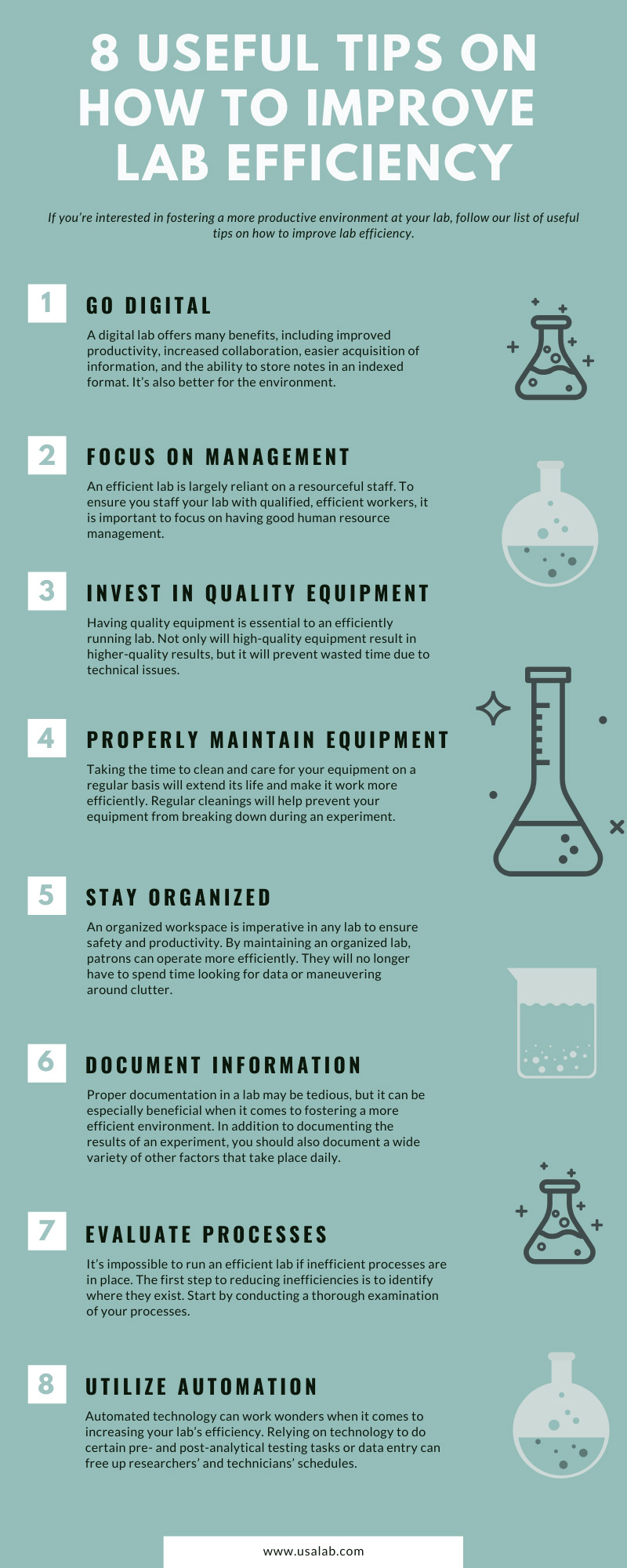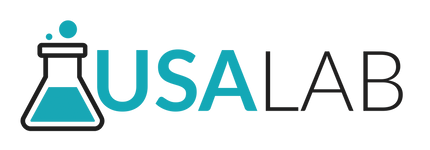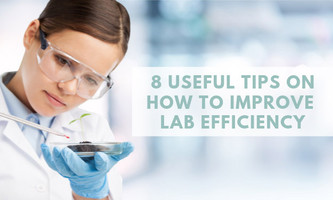How to Improve Laboratory Productivity
Oct 16th 2019
Efficiency is important in any lab. It allows you to meet workflow quotas and have optimal economical results. The goal of an efficient workplace is to save as much time, energy, and money as possible, without sacrificing the quality of your work. To do so, it is important to enforce effective processes, utilize appropriate resources, and maintain an attentive staff. To learn more about how to improve laboratory productivity and efficiency without sacrificing quality, continue reading.
Go digital
If your lab still uses paper to document important information, you may improve lab efficiency by going digital. A digital lab offers many benefits, including improved productivity, increased collaboration, easier acquisition of information, and the ability to store notes in an indexed format. It’s also better for the environment. Further, going digital will maximize storage space and reduce clutter, giving your lab a more efficient design. As such, by switching to a more digitally focused lab, you can improve its overall productivity.
Focus on management
Lab efficiency is largely reliant on a resourceful staff. To ensure you staff your lab with qualified, efficient workers, it is important to focus on having good human resource management. In addition to hiring skilled lab researchers and technicians, management should ensure everyone understands their roles and responsibilities. If necessary, they should also provide staff with additional learning resources. By focusing on management quality, laboratories can improve communication and preserve healthy morale. As a result of a positive work environment, staff will likely be more motivated, which will result in a more productive atmosphere.
Invest in quality equipment
Having quality equipment is essential for efficient laboratories. Not only will high-quality equipment result in higher-quality results, but it will prevent wasted time due to technical issues. When you have equipment that operates slowly, it greatly increases the amount of time needed to complete tasks. Worn out and outdated equipment may also be an issue, as it has a greater risk of breaking down. If essential lab equipment breaks down in the middle of an experiment, you will have to completely halt lab practices. You don’t want to wait for someone to fix the equipment. This can wreak havoc on productivity, impede experiments, and cost valuable time and money. Further, unreliable equipment can result in wasted samples which may cost a significant amount of money and time to replace. As such, it’s important to invest in high-quality lab equipment that will improve lab efficiency.
Properly maintain equipment
Taking the time to clean and care for your equipment on a regular basis will extend its life and make it work more efficiently. Regular cleanings will help prevent your equipment from breaking down during an experiment. In addition to cleaning your equipment, it’s also important to calibrate it regularly. Doing so will help you identify any problems—such as data corruption or maintenance issues—before they become bigger issues. Calibrating your equipment will also help improve its accuracy, which will lead to more efficient results.
Stay organized
An organized workspace is imperative to lab efficiency to ensure safety and productivity. By maintaining an organized lab, patrons can operate more efficiently. They will no longer have to spend time looking for data or maneuvering around clutter. When organizing your laboratory, it is important to consider the purpose of each area in your lab and plan accordingly. For example, equipment—regardless of its size—should never block walkways or access points. This endangers your team, to be sure, but it also makes it difficult to operate certain equipment. Further, if there are frequently used utensils in your lab, you should place them in a location that’s orderly and easily accessible; this will reduce clutter and save time. Making sure that your lab is optimally organized will surely improve efficiency.
Document information
Proper documentation in a lab may be tedious, but it can be especially beneficial when it comes to fostering laboratory efficiency. In addition to documenting the results of an experiment, you should also document a wide variety of other factors that take place daily. Try to keep a record of detailed notes regarding lab protocols, records, samples, and the time it takes to perform tasks. Being able to reference this information can be especially valuable in many different situations. Having a detailed description of your protocols will also help whenever a lab member has to step in for someone else for any reason.
Evaluate processes
It’s impossible to run an efficient laboratory if inefficient processes are in place. The first step to reducing inefficiencies is to identify where they exist. Start by conducting a thorough examination of your processes. If you don’t already have a detailed outline of your processes, consider putting one together. After developing this outline, walk through your lab and evaluate everything. This will help you gather information regarding how long it takes to complete each step in a particular process. In addition to notifying you of steps that take longer than expected, it will also help you identify any redundancies or areas for improvement. After you refine your process, make sure to standardize it across your laboratory to decrease error and inefficiency.
Utilize automation
Automated technology can work wonders when it comes to increasing lab efficiency. Relying on technology to do certain pre- and post-analytical testing tasks or data entry can free up researchers’ and technicians’ schedules. Therefore, they can focus on their more specialized responsibilities. This way, you can fully utilize your staff as much as possible without having them spend their valuable time and energy on tasks you could automate. As such, investing in automated technology could help improve efficiency.
If you’re interested in updating your laboratory’s equipment, USA Lab Equipment has a wide variety of options to choose from. We have over 1,000 different pieces of new and used lab equipment in stock to satisfy your needs. Whether your lab requires a lab chest freezer or a short-path distillation unit, we’ve got you covered. To learn more about our equipment and how it can improve your overall efficiency, contact us today.


